Geosphere
The geosphere refers to the solid part of the Earth that includes the rocks, minerals, and landforms on the planet's surface. It is made up of three main layers: the crust, the mantle, and the core. The geosphere plays a crucial role in supporting life on Earth and is constantly changing through processes like erosion, tectonic plate movement, and volcanic activity.
Key Concepts to Understand:
- Layers of the Geosphere: Understand the composition and characteristics of the Earth's crust, mantle, and core.
- Plate Tectonics: Learn about the movement of tectonic plates and the resulting geological features like mountains, valleys, and earthquakes.
- Rock Cycle: Explore how different types of rocks are formed, transformed, and recycled through various geologic processes.
- Volcanoes and Earthquakes: Understand the causes and effects of volcanic eruptions and seismic activities.
- Landforms and Erosion: Study the formation of landforms such as mountains, canyons, and coastlines, and the impact of erosion on shaping the Earth's surface.
Study Tips:
- Use visual aids like diagrams and models to understand the layers of the geosphere and the processes that shape the Earth's surface.
- Review real-life examples of tectonic plate movements, volcanic eruptions, and earthquakes to see how geologic processes impact the world around us.
- Practice identifying different types of rocks and understanding their formation through the rock cycle.
- Explore virtual field trips or interactive simulations to visualize the effects of erosion on landforms.
- Engage in hands-on activities like rock identification and sedimentary layering experiments to deepen your understanding of geologic concepts.
◂Science Worksheets and Study Guides Seventh Grade. Our Solar System
Study Guide Our Solar System
Our Solar System  Activity Lesson
Activity Lesson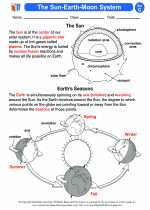 The Sun-Earth-Moon System
The Sun-Earth-Moon System  Activity Lesson
Activity Lesson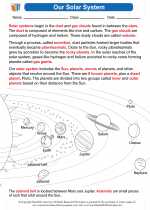 Our Solar System
Our Solar System  Worksheet/Answer key
Worksheet/Answer key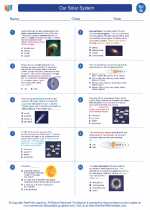 Our Solar System
Our Solar System  Worksheet/Answer key
Worksheet/Answer key Our Solar System
Our Solar System  Worksheet/Answer key
Worksheet/Answer key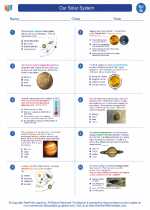 Our Solar System
Our Solar System  Worksheet/Answer key
Worksheet/Answer key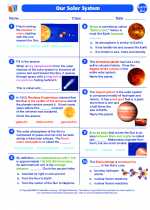 Our Solar System
Our Solar System  Vocabulary/Answer key
Vocabulary/Answer key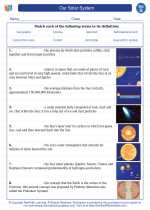 Our Solar System
Our Solar System  Vocabulary/Answer key
Vocabulary/Answer key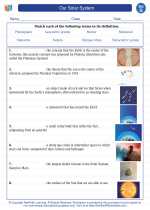 Our Solar System
Our Solar System  Vocabulary/Answer key
Vocabulary/Answer key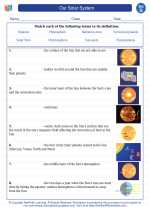 Our Solar System
Our Solar System 

 Activity Lesson
Activity Lesson
 Activity Lesson
Activity Lesson
 Worksheet/Answer key
Worksheet/Answer key
 Worksheet/Answer key
Worksheet/Answer key
 Worksheet/Answer key
Worksheet/Answer key
 Worksheet/Answer key
Worksheet/Answer key
 Vocabulary/Answer key
Vocabulary/Answer key
 Vocabulary/Answer key
Vocabulary/Answer key
 Vocabulary/Answer key
Vocabulary/Answer key
